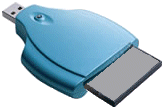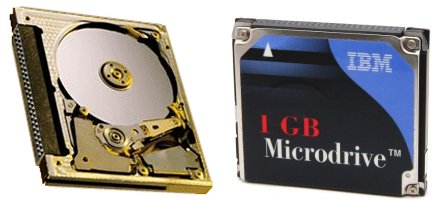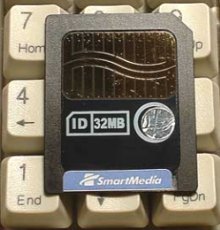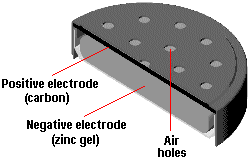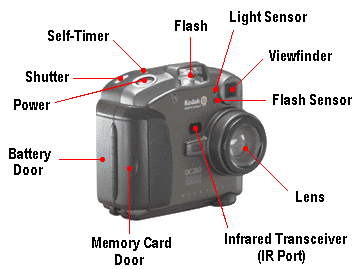In 2002 the prospect of truly affordable film-quality digital cameras was given a massive boost when - after five years of research and development - Foveon Corporation unveiled a digital camera imaging sensor which the company claimed was … [Read more...]
Digital Cameras vs. Film
Despite the massive strides it has made in recent years, the conventional wisdom remains that though digital cameras offer advantages in term of flexibility, when it comes to picture quality they still fall a significant way behind that of … [Read more...]
Digital Camera Connectivity
Despite the trend towards removable storage, digital cameras still allow connection to a PC for the purpose of image downloading. Until the late 1990s the principal method of transfer was via a conventional RS-232 serial cable at a maximum … [Read more...]
Storage of Photos and Videos on Digital Cameras
Some higher-end professional cameras use PCMCIA hard disk drives as their storage medium. Although they consume no power once images are recorded, and have much higher capacity than flash memory (a 170MB drive is capable of storing up to 3,200 images standard 640 by 480 images), the hard disk option … [Read more...]
Memory Storage
Many first-generation digital cameras contained one or two megabytes of internal memory suitable for storing around 30 standard-quality images at a size of 640x480 pixels. Unfortunately, once the memory had been filled no more pictures … [Read more...]
Digital Camera Batteries: Types and How They Work
The fact is that a digital camera is a high drain device that uses up batteries at an alarming rate. Turning off the LCD display helps considerably as does running on AC power whenever possible - such as when … [Read more...]
PIM Technology
In 1998, the Photographic Industry Association - comprising most of the world's digital camera manufacturers - came up with a set of standards called the Design Rule for Camera File System (DCF). This defined colour parameters for digital … [Read more...]
Features and Parts of a Digital Camera
A colour LCD panel is a feature that is present on virtually all modern digital cameras. It acts as a mini GUI, allowing the user to adjust the full range of settings offered by the camera and is an invaluable aid to … [Read more...]
What Controls The Picture Quality of a Digital Camera
The picture quality of a digital camera depends on several factors, including the optical quality of the lens and image-capture chip, compression algorithms, and other components. However, the most important determinant of image quality is … [Read more...]
CMOS Digital Cameras
1998 saw CMOS sensors emerge as an alternative image capture technology to CCDs. The CMOS manufacturing processes are the same as those used to produce millions of processors and memory chips worldwide. As these are … [Read more...]

